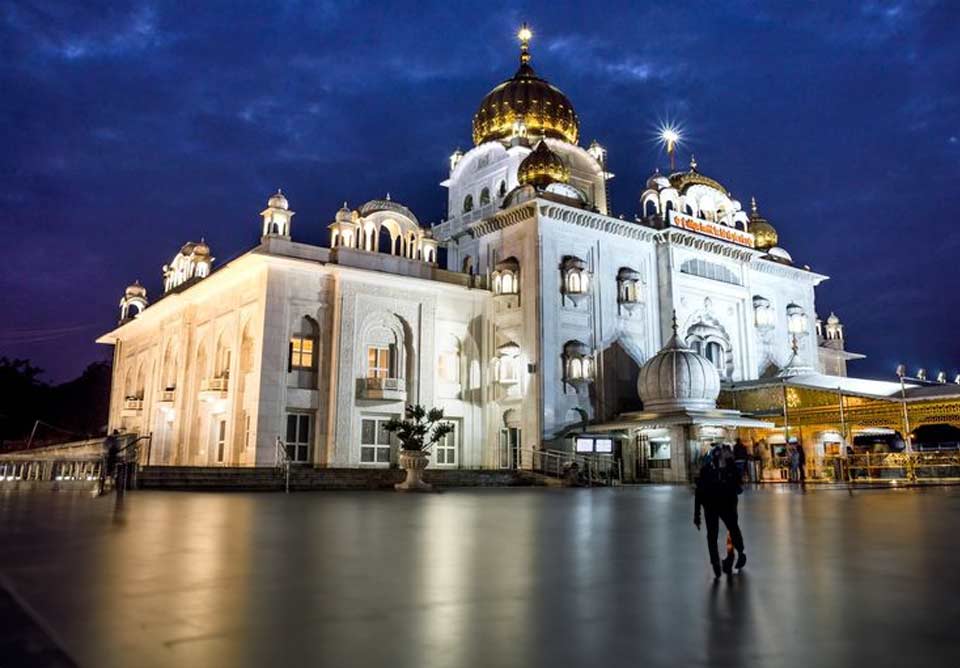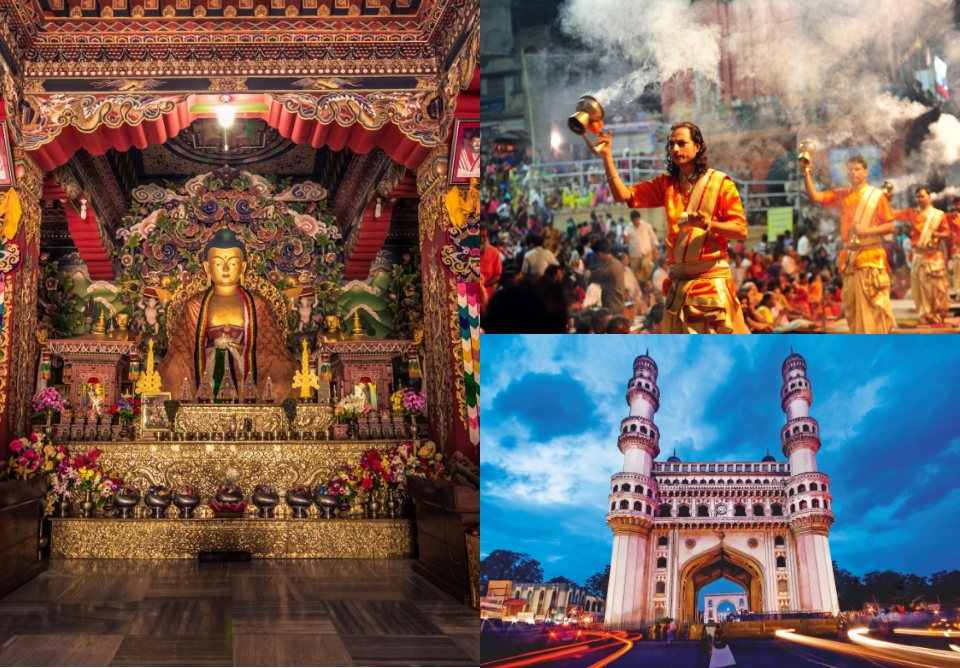Qutub Minar
Almost as old as the history of the Delhi Sultanate, the iconic Qutub Minar, the world's tallest brick minaret, dominates the skyline of the city. Standing 73 foot tall, this five-storeyed tower, a UNESCO World Heritage Site, remains one of the most magnificent buildings of India from the medieval era. The first three storeys of the tower are built in red sandstone while the fourth and fifth are made of marble and sandstone. All the five floors are adorned with projecting balconies.
Located in Delhi's Mehrauli area, the Qutub Minar was commissioned by Qutub-ud-din Aibak, who laid the foundation of Mamluk dynasty (1206-1290) in India. Inspired by the victory tower at Ghazni, Afghanistan, its construction began in 1192 AD but, unfortunately, Qutub-ud-din-Aibak, did not live long enough to witness its completion.













